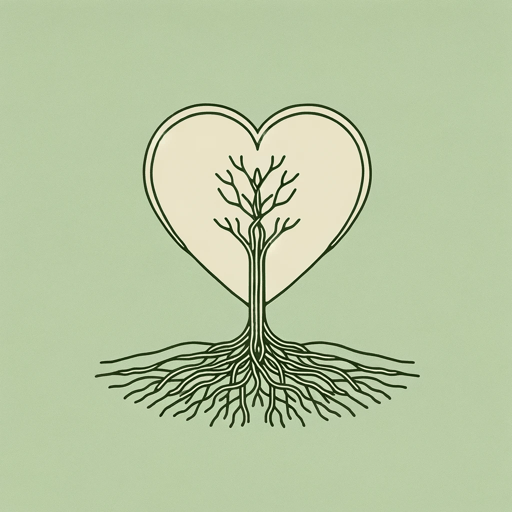47 pages • 1 hour read
Resmaa MenakemMy Grandmother’s Hands: Racialized Trauma and the Pathway to Mending Our Hearts
Nonfiction | Book | Adult | Published in 2017A modern alternative to SparkNotes and CliffsNotes, SuperSummary offers high-quality Study Guides with detailed chapter summaries and analysis of major themes, characters, and more.
Index of Terms
Clean and Dirty Pain
The terms clean and dirty pain were popularized by Dr. David Schnarch, one of Menakem’s mentors. Clean pain can mend and build the capacity for growth. Examples of clean pain include grief after the loss of a loved one to death or divorce; sadness when a loved one is ill or in an accident; upset after a natural disaster or terrorist attack; and regret after having wronged someone. Clean pain requires maturity: “It’s the pain you experience when you know, exactly, what you need to say or do; when you really, really don’t want to say or do it; and when you do it anyway” (19). Clean pain also demands being comfortable with the unknown: “It’s the pain you experience when you have no idea what to do; when you’re scared or worried about what might happen; and when you step forward into the unknown anyway, with honesty and vulnerability” (19).
Clean pain stands in stark contrast to dirty pain, which is characterized by avoidance, blame, and denial. Dirty pain often leads to cruelty and violence. It also perpetuates more pain, both for the person experiencing it and for others. Menakem argues that dirty pain is a key factor in perpetuating the myth of white-body supremacy.

